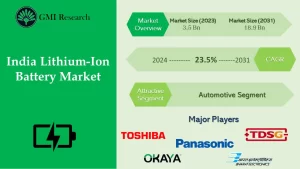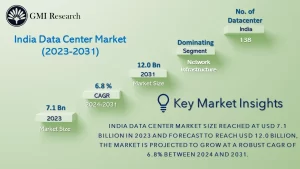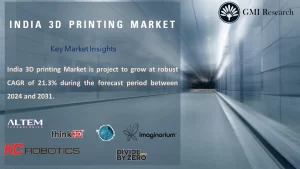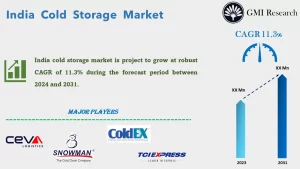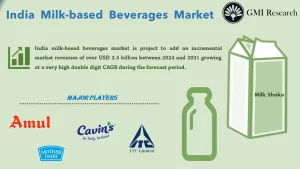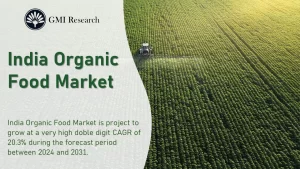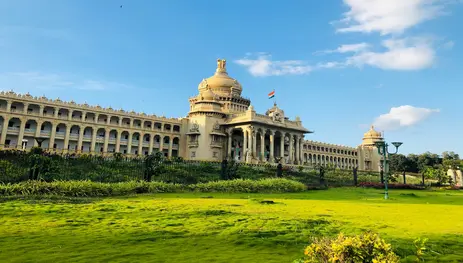
Bengaluru

Chennai

Mumbai

New Delhi
India Market Entry Strategy – Overview
If Indian market is on your radar and you want it to be a part of your expansion strategy, you need a consulting firm that has deep roots and has a solid understanding of the market as the Indian market is complex for local companies and too complex for international companies. As there are number of factors that will influence your India entry strategy, GMI Research with its deep understanding of the market can help to formulate an India entry strategy and support you in every step from identifying the total addressable market size, valuable insights on competition, to figure out the right entry strategy whether to set up a greenfield plant or to enter via other strategies and to identifying and set up a distribution network.
Entering India by setting up a greenfield manufacturing plant has its own share of challenges such as red tape, too many regulations, confusing land laws, uncertainty in raw material supply, labor issues, and others. Market complication, along with too many regulations, requires the help of India entry strategy consultants. GMI Research with local presence and its expertise in analyzing the potential market opportunity, strategy execution, and deal structuring should be your preferred partner of choice for India entry strategy implementation.
Contact GMI Research for your India Market Entry Plan
- Total Addressable Market
- Demand Drivers & Entry Barriers
- Growth Outlook
- Government Policies
- Government Incentives
- Competitive Landscape
- Demand Supply Gap Analysis
- Key Success Factors
- Key Risks
- Identification of Key Potential Customers and Suitable Business Partners
After completing market attractiveness study phase, now we know that the market is attractive from the demand point of view, but would it make financial sense to enter into the market, how much investment is required to start a Greenfield facility, would the investment generate expected ROI, what product mix we should have, what distribution channel to go with. Depending on our client’s goals, risk appetite, investment size, we prepare a full-fledge business plan which includes products and services, financial planning, marketing strategy and analysis, financial planning, and a budget.
Vendor Selection: Identify raw material suppliers, service providers, logistics companies etc.
Company Formulation & Regulatory Compliance: Saudi Arabia Entity Incorporation – from name approval of new business entity to regulatory approvals (such as VAT, import/export number, Tax etc.) to opening of bank accounts.
M&A & JV activities: Target identification and support on deal structuring.
Greenfield Setup: Setup From selection of plant location to project management, to hire right C level executives, to statutory approval consent for operation from state and central government bodies etc.
Vendor Selection: Identify raw material suppliers, service providers, logistics companies etc.
Company Formulation & Regulatory Compliance: Suadi Entity Incorporation – from name approval of new business entity to regulatory approvals (such as PAN, TAN, import/export number, tax etc.) to opening of bank accounts.
M&A & JV activities: Target identification and support on deal structuring
Greenfield Setup: From selection of plant location to project management, to hire right C level executives, to statutory approval consent for operation from state and central government bodies etc.
We Serve our clients across various industries with particularly deep experience in the following industries

Information Communication & Technology

Automotive & Transportation
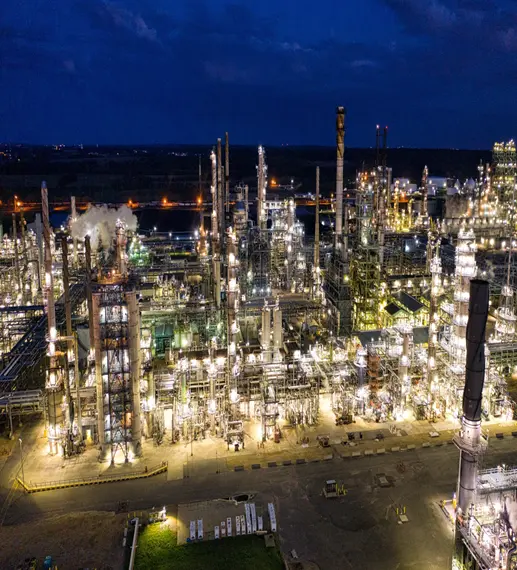
Chemical & Materials

Food & Beverages
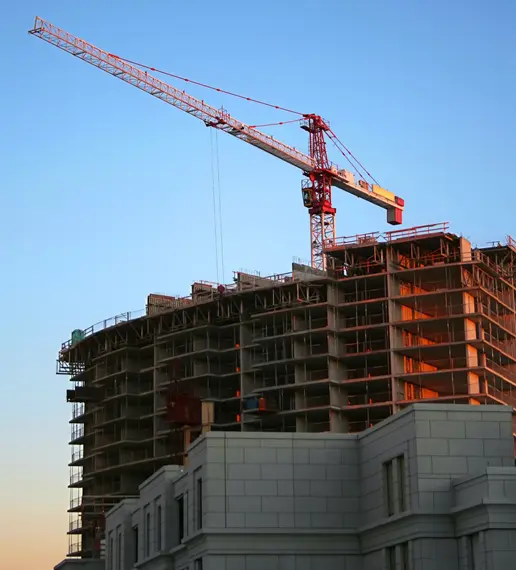
Building & Construction

Agriculture
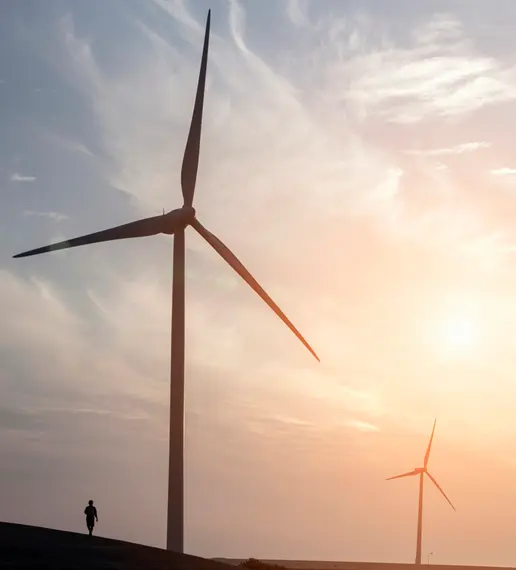
Energy & Power

Aerospace & Defense
Contact GMI Research for your India Market Entry Plan

Why India Should be on your Market Expansion Radar?
India has the world’s largest population, and it overtook China with more than 1.44 billion people which comprises 17.76% of the total world population, making it a promising market as it offers significant opportunities for both foreign and domestic business. India has a demographic with significant amount of young people, with the average age of 28.2 years old. With 67.8 percent of the population is in the range of 15 to 64 years old, India has 524 million people in the workforce.
As Asia’s third largest economy, India’s GDP is estimated to grow at 6.8% for 2024-2025, as per IMF. Meanwhile, The Asia Development Outlook for April 2024 projected that India GDP growth rate would touch 7.0% in 2024 and 7.2 percent in 2025, positioning itself as the regional leader in South Asia.
Despite complex global challenges and political uncertainties, India is able to maintain its economic and political stability. This can further propel the growth of domestic demand, thriving investment, and continuous manufacturing expansion. With a strong economic development, India has signed numerous free trade agreements and joined various economic organizations including BRICS with other countries such as Brazil, Russia, China, and South Africa. Through its initiatives and global platforms, India is maintaining economic growth, fostering job creation for its citizens, and eradicating poverty.
With various economic initiatives and policies including monetary, agricultural, and trade policy, it has successfully recovered from covid impact and has seen rapid economic growth and remarkable exports. In 2023, the combination exports of goods and services are estimated to reach USD 770 billion. The country has also served as a global leader in service trade, of which its global service export share increased to 4.6% in 2022 from 3.5% in 2017, owing to the successful development of its information technology sector and the digital services empowered by it. Trade in certain sectors has also seen substantial growth due to the reform in infrastructure and business regulatory. However, many businesses still have to plan the best market entry strategy in India across industries in order to capitalize on business growth opportunities.
Indian infrastructure and construction sector has seen a significant development due to the massive investment from the government. In 2022, this sector has also become the sixth largest FDI recipient and it is predicted that it will be the third largest construction market globally by 2025. The government working together with private developers has been deploying feasible projects with maximum economic gains while easy to implement. This focus on infrastructure is on an attempt to achieve economic growth target of USD 5 trillion by 2025.
Urbanization is predicted to surge by 2030, thereby boosting the demand for 25 million additional housings. In addition, as India’s population and economic activities keep growing, they need upgraded transportation facilities, including roads, aviation, or railways. There is also a rising necessity to have more airport infrastructures as there is a growing demand for air travel in the country. Despite covid effects, the aircraft numbers have increased to 723 in 2023 from 400 in 2014. Indian Prime Minister Narendra Modi, for example, launched multiple connectivity projects in Kolkata in March 2024, with a total of USD 1.8 billion. Also in March 2024, the Minister of Civil Aviation and Steel initiated 15 airport projects with a total investment of USD 12.1 billion by 2028. In addition, the Minister of Road Transport and Highways in June 2022 launched 15 national highway projects in Patna and Hajipur, Bihar, worth USD 1.7 billion. The government is also undergoing National Infrastructure Pipeline, which projects worth USD 1.3 trillion are currently in various phases of execution. Additionally, National Investment and Infrastructure Fund was established as an investment platform between Indian government, financial institutions, and investors to support investment across industries in India.
India serves as the third-largest automobile market. From 2022 to 2023, it produced a total of 25.93 million vehicles. That includes commercial and passenger vehicles, among others. India is the world’s biggest manufacturer of two-wheeled vehicles and also the third largest heavy truck manufacturer, which the trucking market is projected to grow more than four times, from four million trucks in 2022 to around 17 million trucks by 2050. To attract investments, the government declared the Production-Linked Incentive Scheme for the automobile industry. This scheme provides economic incentives up to 18 percent to boost manufacturing in the industry. With the government targeting INR 42,500 Cr of investment in five years, there has already been at least INR 67,690 Cr proposed investment, not only from domestic business groups but also global investors.
India is also the third largest energy and oil consumer among other countries and the fourth largest importer of liquefied natural gas. In addition, the demand for primary energy is estimated to reach 1,123 million tons of oil equivalent, offering significant investment opportunities in the energy sector. The energy demand in the country is projected to grow at about 3% annually by 2040, in comparison to 1% of the global rate. In FY 2023, India consumed 222.3 MMT of petrol products, with high-speed diesel as the top oil product in the country. Currently, India’s share of natural gas in the energy mix is around 6.7%, and it is set to raise to 15 percent by 2030. The development of City Gas Distribution network has also covered 88 percent of the country’s geographical area, comprising 98 percent of the population. Meanwhile, due to its robust economic growth and demographic advantage, India will cover 25% of the global energy growth over the period of 2020 to 2024. Furthermore, even without a license of City Gas Distribution, any entity can build up LNG stations in any area in India, which further foster the growth of oil and gas industry in India.
In chemical, industry, India has an incredibly diverse products such as specialty chemicals, petrochemicals, among others. India serves as the third largest chemicals producer in Asia and the sixth in the world, constituting seven percent of India’s GDP.
Recently, India food and beverage industry is observing a significant growth owing to the established agriculture sector, competitive pricing, and growing livestock supply. To envision future expansion, many multinational corporations are collaborating with domestic players to enter the Indian market. The Ministry of Food Processing Industries is deploying many initiatives to drive investments in this sector, such as building laboratories to test food products and providing incentives for cold chain infrastructure. There are significant opportunities for investments, especially in the sectors of frozen food, food processing, thermoprocessing, among others. The food processing industry is covering up for 32 percent of India’s total food market and is estimated to reach USD 470 billion by 2025. The industry has also shown the potential to generate income and is predicted to add 9 million jobs by 2024, making it the government’s primary focus.
India’s revenue in healthcare reached more than USD 370 billion in 2022 and it is predicted to reach more than USD 610 billion in 2026. This rapid growth is owing to the increasing demand for better quality health facilities as there are huge investments from hospital chains and private investors. This rising recognition of the importance of health facilities is driven by the covid pandemic. The government has also introduced several policies such as National Medical Device Policy and Medical Device Rules, among others. The government is also working to streamline the trade margins for various essential drugs.
Indian arms industry is observing significant expansion, as the country spent USD 33 billion on military equipment in 2023, which 99 percent of the equipment was manufactured by Indian industries. With strong government support and the remarkable contribution of the national defense industry, the exports have successfully reached a new record in the financial year 2022-2023 with around Rs 16,000 crore.

